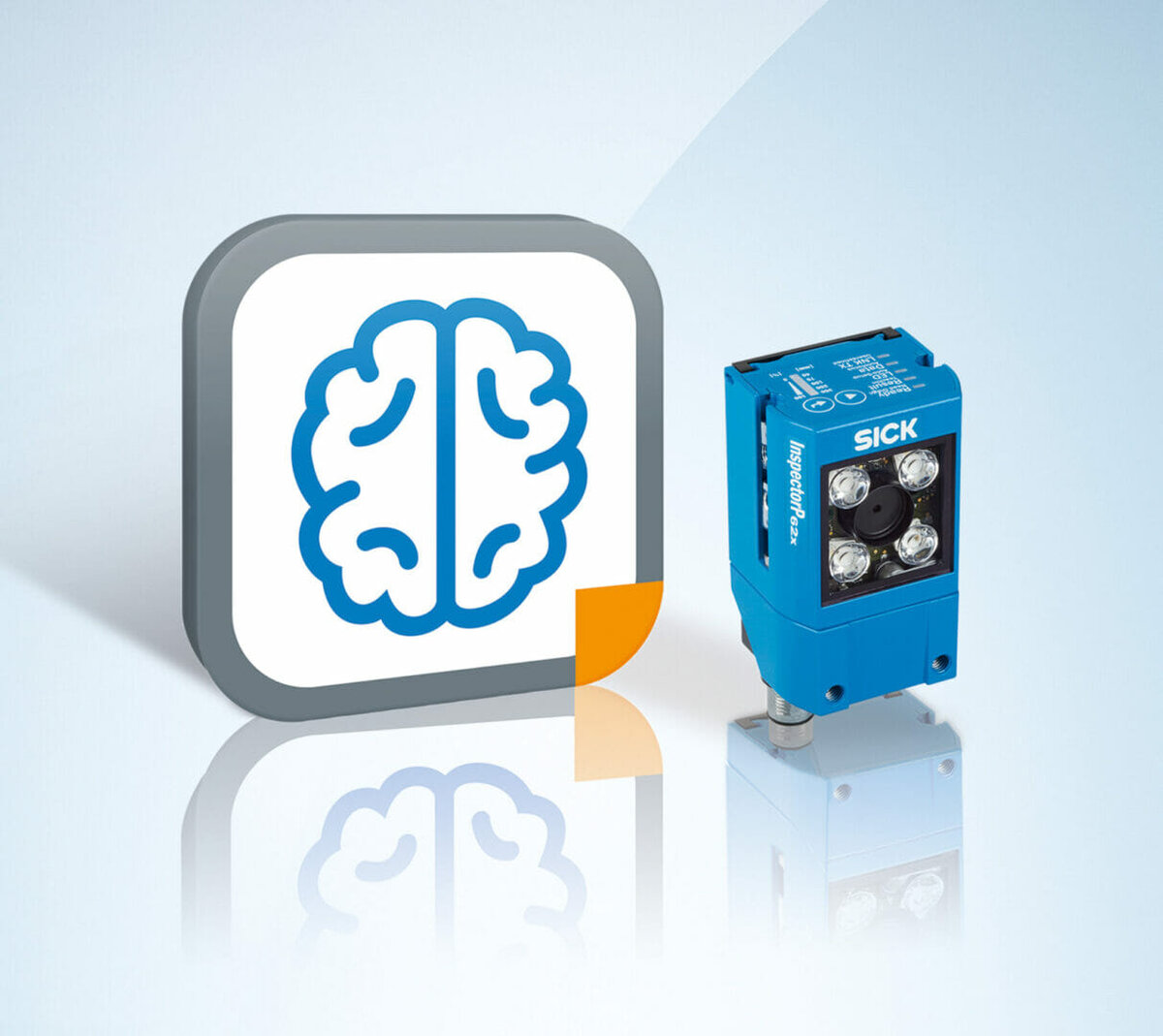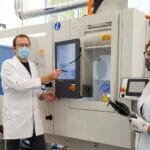SICK has launched a suite of Deep Learning apps and services to simplify machine vision quality inspection for challenging components, assemblies, surfaces or food produce, especially those that have previously defied automation and remained distinguishable only by human inspection.
SICK Deep Learning radically reduces set-up time and cost by enabling Artificial Intelligence image classification to run directly onboard SICK smart devices. With Deep Learning, programmable SICK devices take decisions automatically using specially-optimised neural networks and run accurate and reliable inspections that would have previously been extremely challenging or simply impossible to achieve in high-speed automated processes across many different industries.
Developed with user-simplicity at their core, SICK’s Deep Learning products cater for a wide range of needs and skill levels. The Deep Learning Starter App is designed for easy-set up by entry-level users, while the ready-to-use Intelligent Inspection Sensor App provides quick and easy integration with a large set of configurable machine vision tools. More experienced programmers and integrators can also create and customise their own Deep Learning sensor apps using the SICK AppSpace software platform.
“With SICK Deep Learning, what formerly took a team of developers half a year to create, can now be achieved for a relatively small investment in a just a few hours,” says Neil Sandhu, SICK’s UK Product Manager for Imaging, Measurement and Ranging. “Machine builders and production teams alike can revisit inspection processes that have previously been too complex to automate, whether retrofitting systems into existing production environments or developing completely new machines.
“Through a simple step-by-step user interface, the SICK neural networks are trained by being shown example images and learn in the same way that humans do to judge a good inspection and what variations can be tolerated.
“There is no need for laborious development using a set of rules and algorithms to identify defects, find patterns or edges, which can be particularly time-consuming for items that are more difficult to assess such as baked goods, creases on leather car seats or the grain of timber, for example.”

Human playing Go blended to blue computer wireframe representing artificial intelligence concept.; Shutterstock ID 558525793; Projektnummer/-name (optional): IW-0882-WX20-011.01; Name/Abteilung des Bestellers (optional): Tatjana Duffner/ Caroline Lundberg
Released as part of the initial launch, SICK Deep Learning is available using the Inspector P 621 2D vision sensor, and the SIM 1012 programmable Sensor Integration Machine generally running with SICK’s Picocam or Midicam streaming cameras. The longer-term roll-out will see SICK Deep Learning enabled across both SICK smart 2D and 3D vision sensors, and SICK data processing gateways.
With SICK Deep Learning, the image inference is carried out directly on the device in a short and predictable decision time, without the need for an additional PC, and results are output to the control as sensor values. Because system training is done in the Cloud, there is also no need for separate training hardware or software, saving on implementation time and cost.
Users follow the intuitive graphic interface of the SICK dStudio online service to select and train their neural network in a few simple steps: Once the SICK devices are set up, users are prompted to gather images of the inspection in realistic production conditions, and then sort them into classes. Using dStudio, the pre-sorted images are uploaded to the Cloud where the image training process is completed by the neural network. The user can then apply further production images to evaluate and adjust the system. When satisfied, the neural network can be downloaded to the Deep Learning-enabled SICK device, and the automated inference process will begin with no further Cloud connection necessary.
SICK is offering a free trial for users to assess whether Deep Learning is suitable their application and to ensure a simple and quick start. Once onboard, a Deep Learning support portal is also available to guide users through the process, if necessary.
For more information, and to enquire about a free trial, please contact Andrea Hornby on 01727 831121 or email [email protected].








